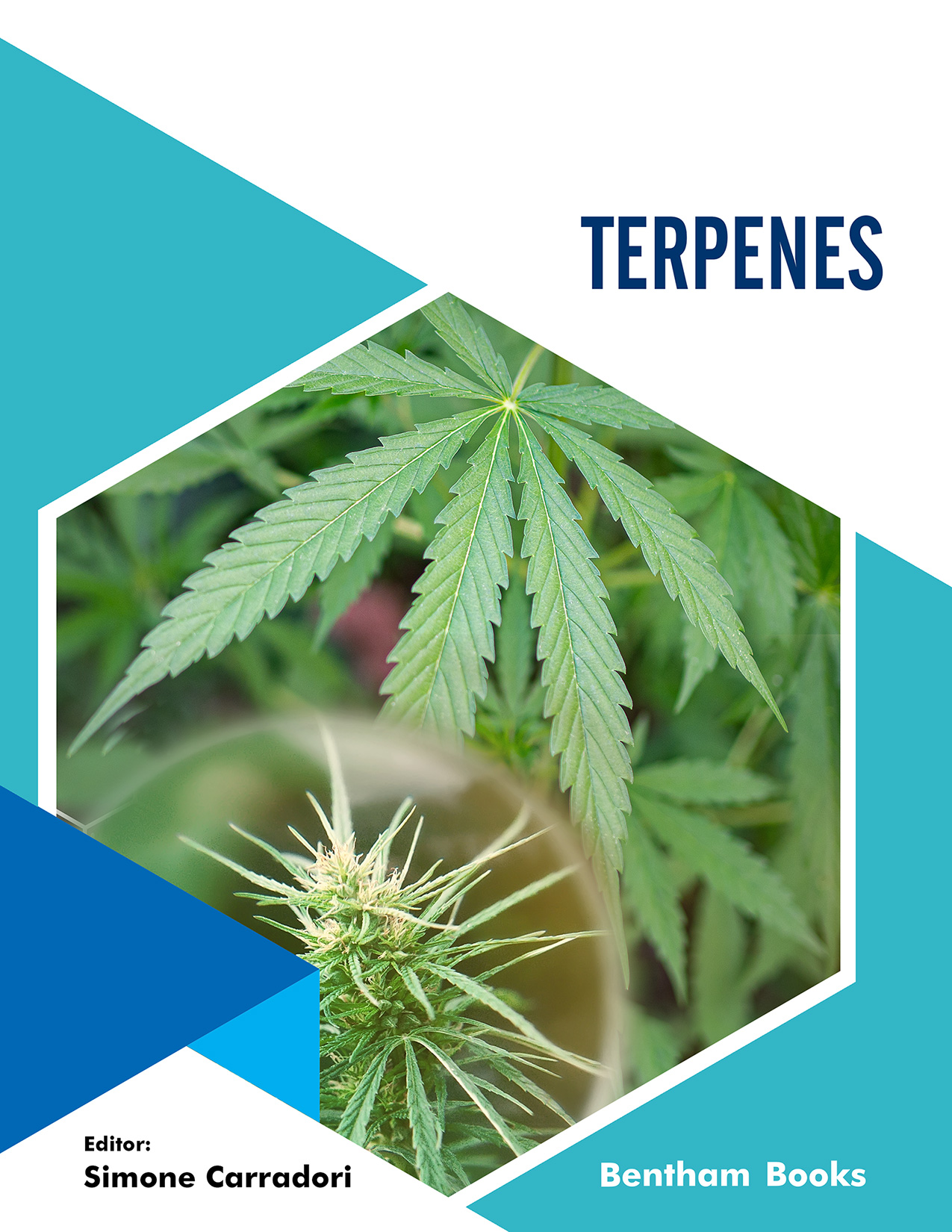From the dawn of time, men resorted to Nature for all they need. No exception was made for health and, especially, pain. WHO estimated that almost 80% of people count on medicinal plants to take care of their “well-being” and here is the justification for the growing interest in the study of natural products and the development of their derivatives.
Among the wide range of molecules in the rich repository that Nature offers, we need to mention the terpene class, to which a whole volume of this book has been dedicated.
This volume aims to provide the readers with a brief and focused collection of some of the latest advances in the field with particular insight into the development of synthetic derivatives from a parent natural compound with highly promising bioactivity and the design of innovative formulations for possible administration.
Indeed, by scrolling through the volume index, the readers can find exciting novelty on terpenes-related topics in four well-organized chapters, including (1) a detailed overview of the sesquiterpenes polypharmacology; (2) an interesting journey around the cannabinoids world towards the development of new synthetic Δ9-THC derivatives; (3) the design of specific formulations to overcome the volatility issue of small sized terpenes-based essential oils; and (4) an update on the newest generations of endoperoxides endowed with antimalarial activity. Also, the interested audience is strongly encouraged to get more deepen understanding of the presented topics by a large number of selected references present in each chapter.
Notably, every topic dealt with in this volume, and in general in the whole book, fully describes the selected terpene scaffold in all the investigated MedChem and pharmaceutical points of view. Thus, detailed information on the design and synthesis of the compounds, their bioactivity and pharmacokinetics data, along with computational and formulation studies are provided.
The authors, also, discuss how the chemical modification of parent compounds affects biological or enzymatic activity and ADME profile, suggesting how to justify the changes in the activity/ADME data in MedChem terms.
Through the several examples of MedChem strategies to fix the most common issues on terpene derivatives, e.g. low potency and poor solubility, the authors drive the young researcher audience to derive general rules that could be useful in different experiments and studies they will perform. For these reasons, I strongly believe the book is addressed to a heterogeneous audience, comprising both expert and beginner MedChem scientists and pharmaceutical technologists and anyone who wants to update their knowledge on this broader and broader field of terpene research under the kind and helpful guidance of the authors, which are widely recognized scientists in Academia.
In the next chapters, the readers will find recurrent concepts that we could summarize with the following keywords: #terpenes; #sesquiterpenes; #medicinalchemistry; #pain; #malaria; #naturalproducts; #optimization; #drugdesign; #bioactivity; #synthesis; #computationalchemistry; #biology; #chemistry; #formulation; and so on.
Good reading and taking notes.
Dr. Ilaria D’Agostino Ph.D.
Department of Pharmacy
G. d Annunzio University of Chieti-Pescara
Via dei Vestini 31, 66100 Chieti (Italy)

